25 Amazing Bearded Dragon Facts Every Beginner Should Know
The Bearded Dragon: A Beginner’s Guide
Bearded Dragons are one of the most popular pet lizards around. They are cute, friendly, and easy to care for, making them a great choice for first-time reptile owners. In this article, we are going to explore 25 fascinating facts about bearded dragons that every beginner should know.
1. Bearded Dragons are native to Australia

Bearded Dragons are found in the arid regions of Australia, from the eastern states of Queensland and New South Wales, to the western state of Western Australia. They are also found in the Northern Territory, South Australia, and Victoria.
2. Bearded Dragons are diurnal
Bearded Dragons are active during the day and sleep at night. They are crepuscular, meaning they are most active during the early morning and late afternoon.
3. Bearded Dragons are omnivores

Bearded Dragons eat a variety of foods, including insects, vegetables, and fruits. Insects such as crickets, mealworms, and waxworms are a great source of protein. Vegetables such as collard greens, kale, and butternut squash provide vitamins and minerals.
4. Bearded Dragons can live up to 20 years

Bearded Dragons have a long lifespan and can live up to 20 years with proper care. It’s important to keep in mind that owning a bearded dragon is a long-term commitment.
5. Bearded Dragons can change color

Bearded Dragons can change color based on their mood and temperature. When they are cold, they may darken their color to absorb more heat from their environment. When they are warm and comfortable, they may lighten their color.
6. Bearded Dragons need UVB lighting
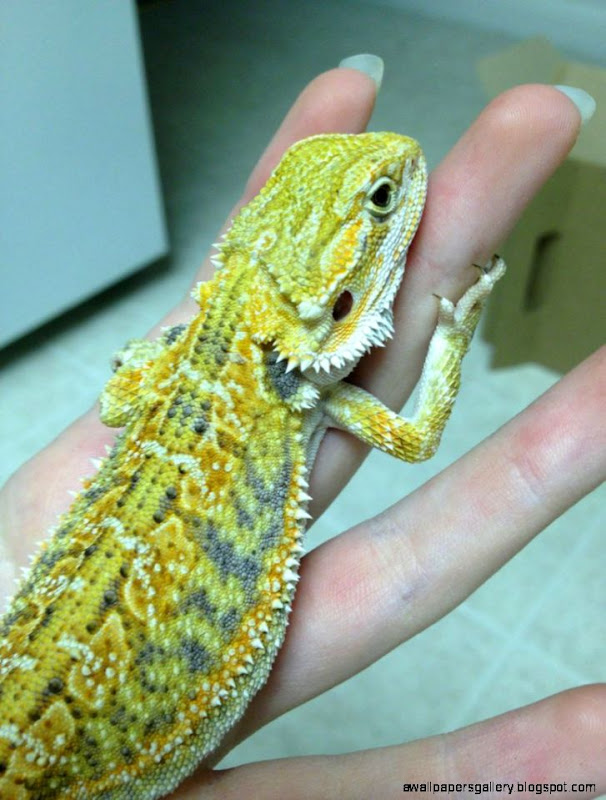
Bearded Dragons need UVB lighting to mimic the sunlight they would receive in the wild. UVB lighting helps them produce vitamin D3, which is essential for strong bones and overall health.
7. Bearded Dragons are social animals
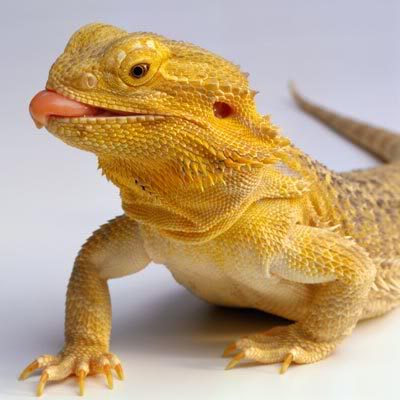
Bearded Dragons are known for their friendly and docile nature. They enjoy being with their owners and can even recognize their faces. It’s important to handle them regularly to maintain their socialization.
8. Bearded Dragons have a unique defense mechanism

Bearded Dragons have a unique defense mechanism called ‘bearding’. When they are threatened or scared, they puff their throat and chin out to appear larger and more intimidating to predators.
9. Bearded Dragons are cold-blooded
Bearded Dragons are cold-blooded, meaning they rely on external heat sources to regulate their body temperature. They bask in the sun to warm up and retreat to cooler areas to cool down.
10. Bearded Dragons can be trained

Bearded Dragons can be trained to do simple tricks, such as coming when called or waving. They can also be trained to use a litter box.
11. Bearded Dragons have a unique digestive system
Bearded Dragons have a unique digestive system that allows them to eat larger amounts of food at a time. They have a long digestive tract and can take up to 24 hours to digest a meal.
12. Bearded Dragons shed their skin

Bearded Dragons shed their skin as they grow. This is a natural process and should not be cause for concern. It’s important to make sure they have a damp hide box to assist with the shedding process.
13. Bearded Dragons have excellent eyesight
Bearded Dragons have excellent eyesight and can see a wide range of colors. They are also able to distinguish between different shapes and patterns.
14. Bearded Dragons are great climbers
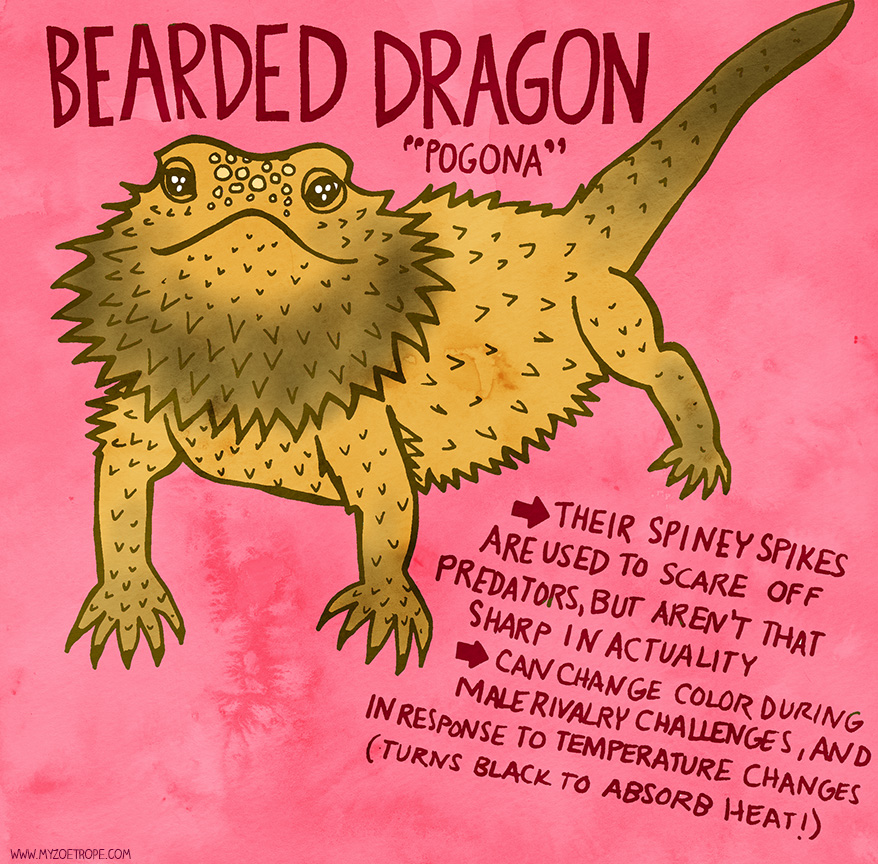
Bearded Dragons have strong legs and are great climbers. They enjoy climbing on rocks and branches in their enclosure.
15. Bearded Dragons have a third eye

Bearded Dragons have a third eye called the parietal eye. It is located on top of their head and is not used for vision. Its main function is to detect changes in light and dark, helping them regulate their circadian rhythm.
16. Bearded Dragons can get stressed

Bearded Dragons can get stressed in certain situations, such as being handled too much or being housed with other aggressive reptiles. It’s important to provide them with a comfortable and stress-free environment.
17. Bearded Dragons have a strong bite
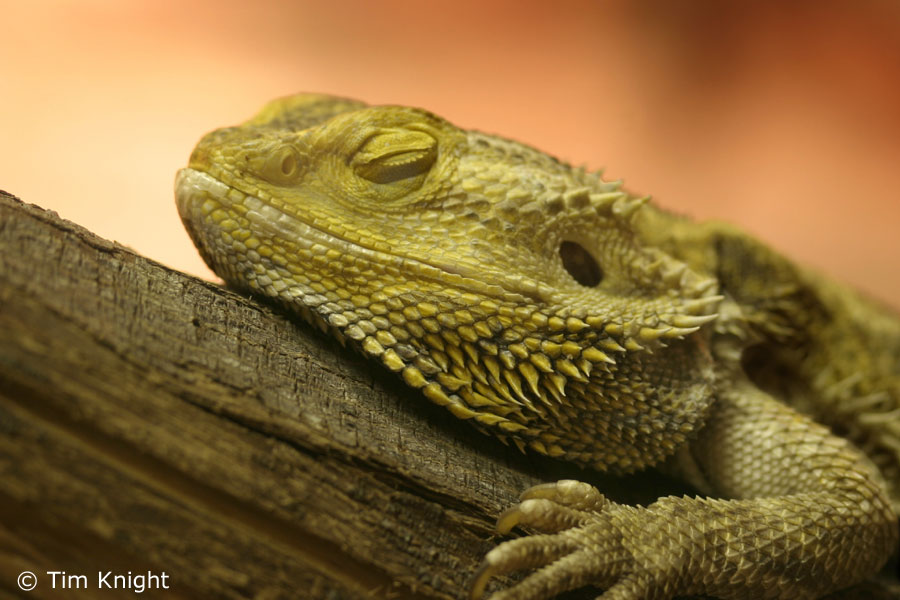
Bearded Dragons have a strong bite and can deliver a painful bite if they feel threatened or cornered. It’s important to handle them with care and respect.
18. Bearded Dragons have a unique respiratory system
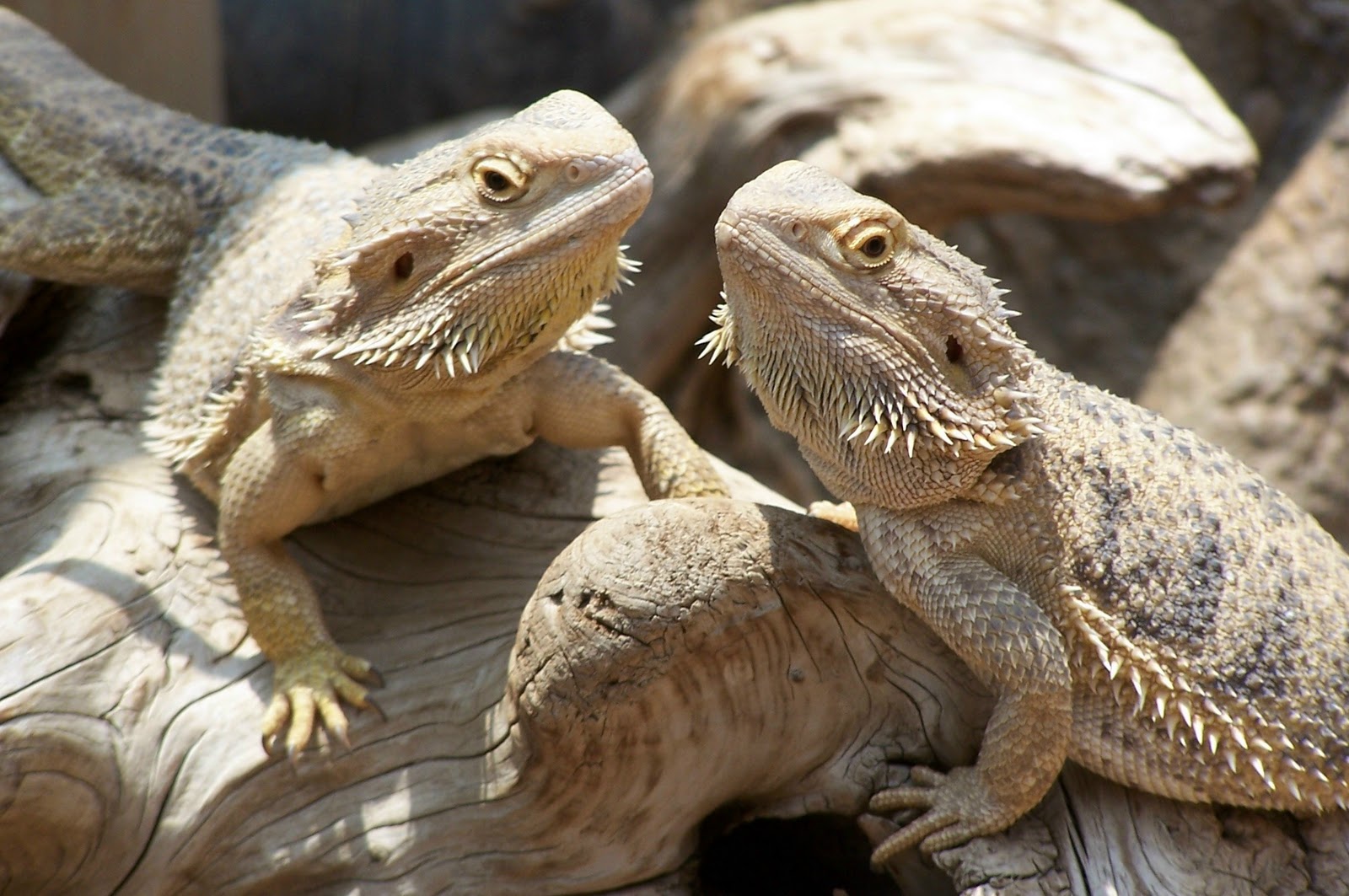
Bearded Dragons have a unique respiratory system that allows them to breathe through their lungs and skin. This helps them regulate their body temperature and can be useful when they are in hibernation or estivation.
19. Bearded Dragons can hibernate
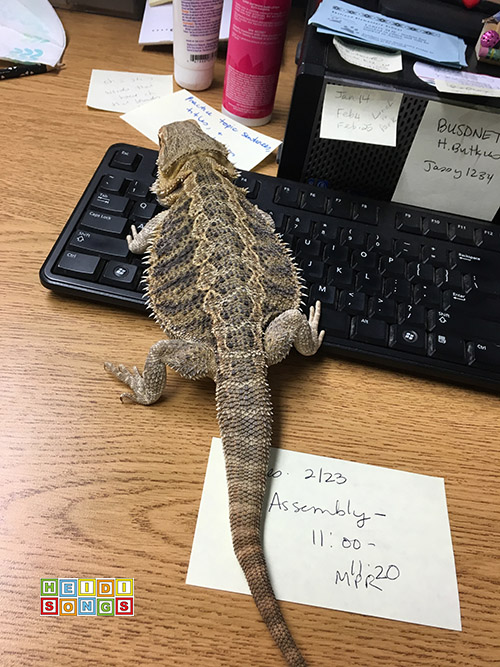
Bearded Dragons can hibernate in the wild, but it is not recommended for captive animals. If you are experiencing a power outage or extreme cold temperatures, your bearded dragon may go into a state of brumation, which is similar to hibernation.
20. Bearded Dragons have a unique morphology

Bearded Dragons have a unique morphology, including a spiny beard, flattened body, and long tail. These adaptations help them survive in their arid environment.
21. Bearded Dragons can swim
Bearded Dragons can swim, but they are not natural swimmers. They should not be left unattended in water and should always be supervised when swimming.
22. Bearded Dragons have a unique reproduction process

Bearded Dragons have a unique reproduction process that involves laying eggs. Females can lay up to 20 eggs at a time, which they bury in sand or soil to incubate.
23. Bearded Dragons can get impacted
Bearded Dragons can get impacted, which is a blockage in their digestive tract. This can be caused by eating substrate, such as sand or wood chips. It’s important to provide them with a proper substrate, such as reptile carpet or paper towels.
24. Bearded Dragons have a unique tongue

Bearded Dragons have a unique tongue that is long and sticky. They use it to catch prey and lap up water.
25. Bearded Dragons have a unique personality
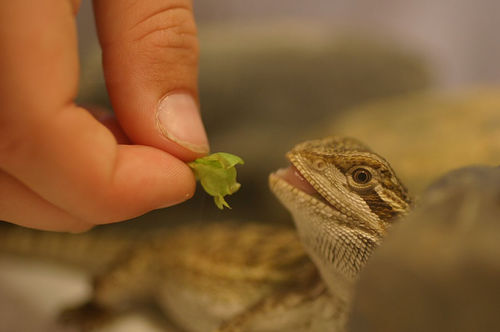
Every bearded dragon has a unique personality. Some may be more active and playful, while others may be more relaxed and laid back. It’s important to get to know your bearded dragon and work with their individual personality.
